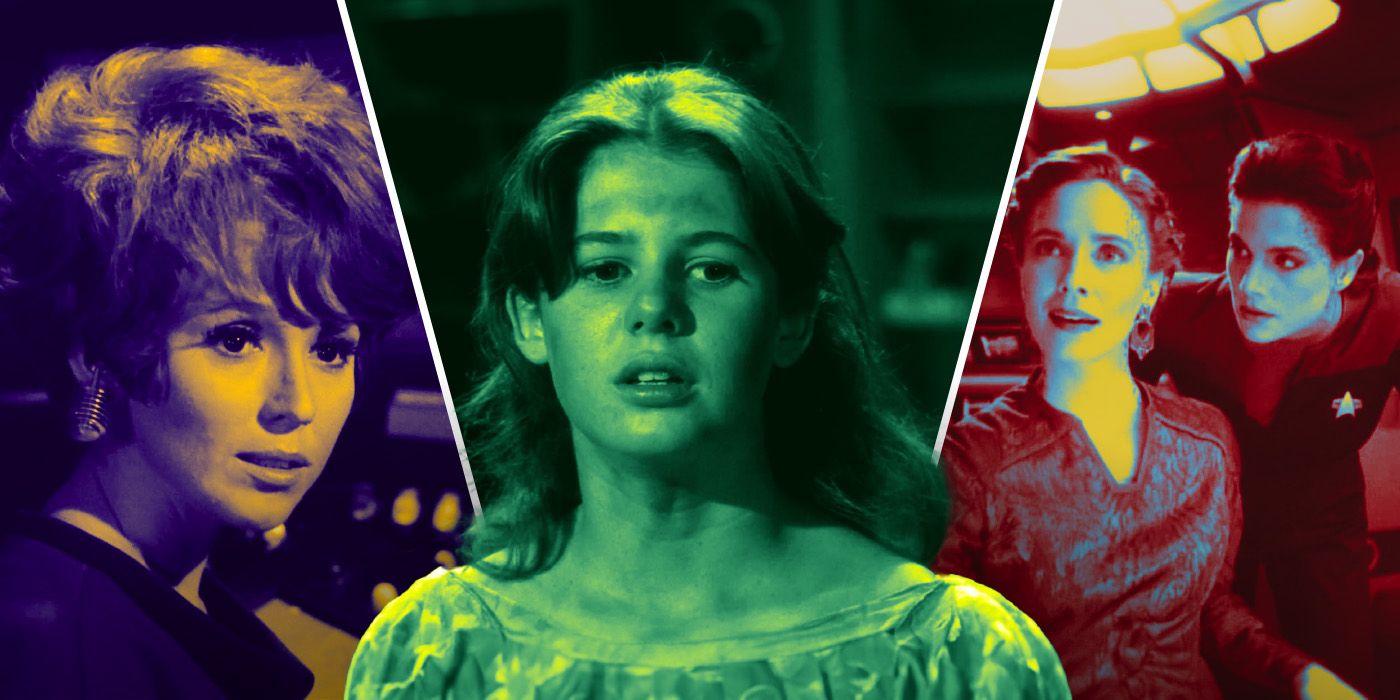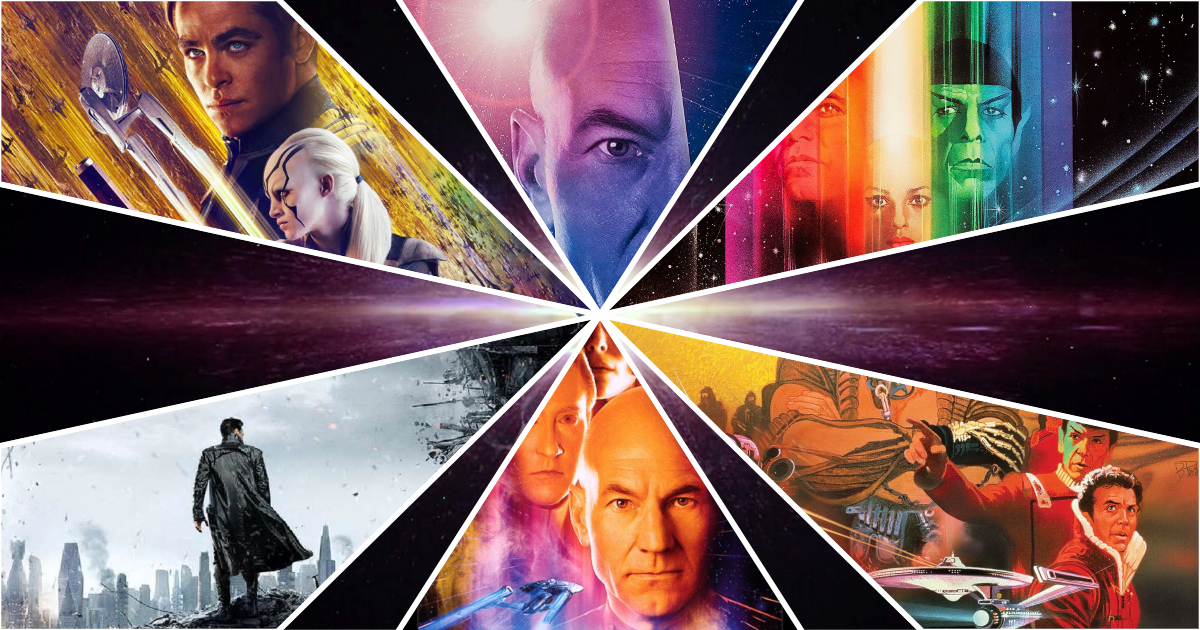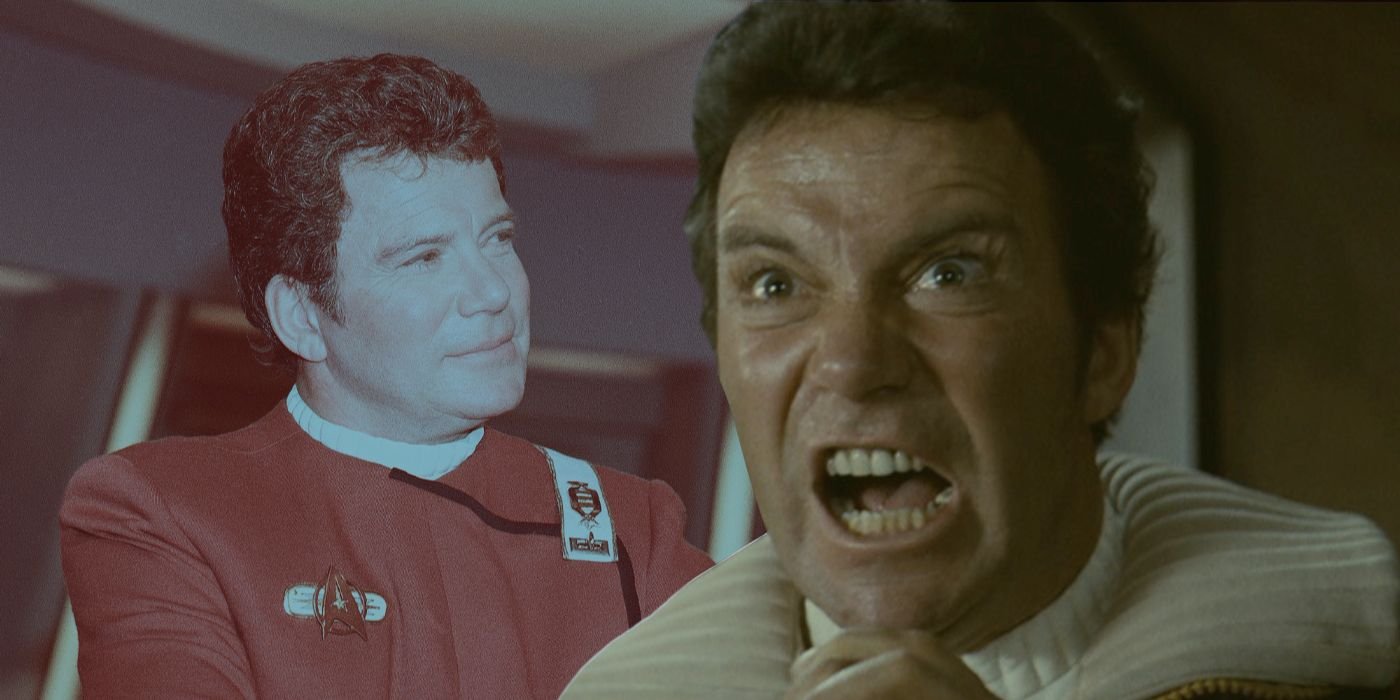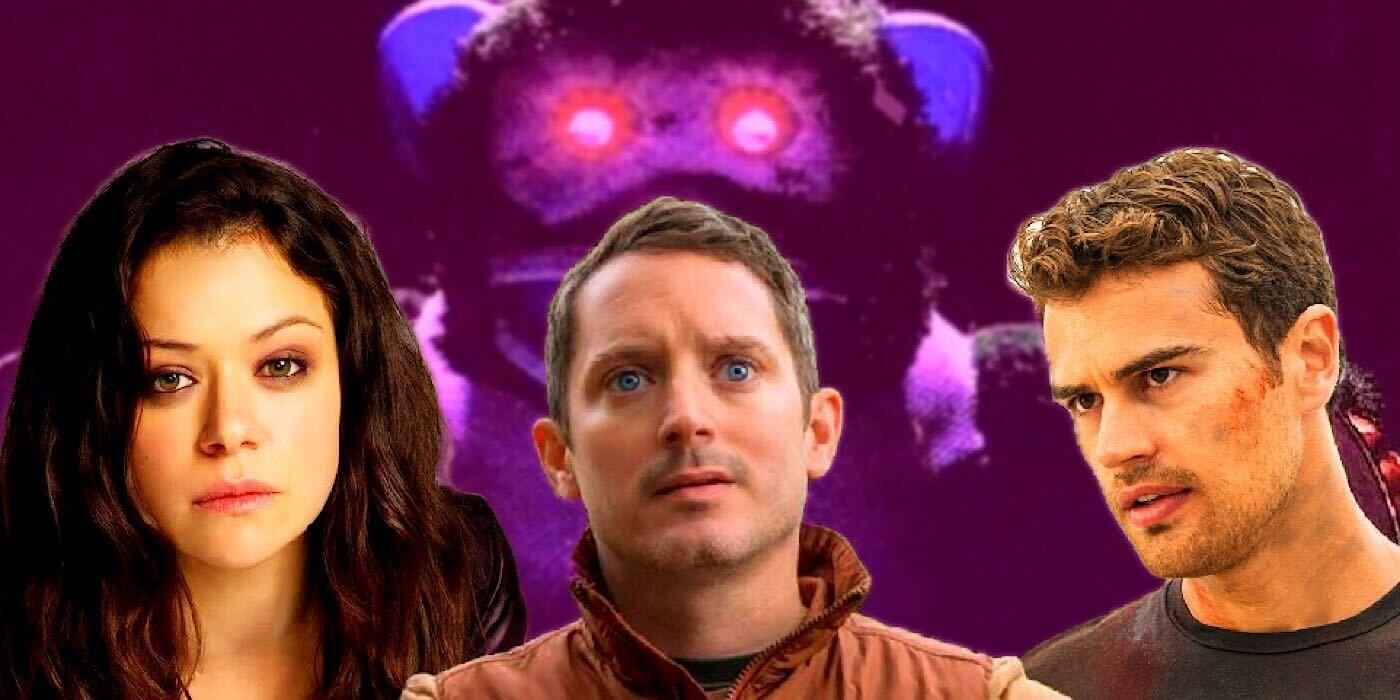Summary
- Kirk is one of the most iconic Star Trek characters, forever linked to William Shatner, whose role even crossed timelines.
- Shatner almost reprised his role in a prequel series of Star Trek: Enterprise, cancelled due to budget issues and lack of interest.
- Despite Kirk’s character’s fate in Star Trek: Generations, newer iterations of the franchise keep exploring the legacy of the original series.
Star Trek is a massive multimedia franchise with various characters and stories told throughout it, but the character of Captain Kirk is easily one of the most famous characters in the franchise’s history. While actors like Chris Pine and Paul Wesley have taken on the role in recent years, it is a role that will forever be linked to William Shatner. Shatner played the role in Star Trek: The Original Series from 1966 to 1969 and then reprised his role in six feature films released from 1979 to 1991 alongside the original crew. The seventh film, Star Trek Generations, focused on the crew from The Next Generation series but also had the long-awaited moment where Patrick Stewart’s Captain Jean Luc-Picard finally met Captain Kirk.
Star Trek: Generations saw Kirk’s character finally die in the franchise, but despite that, writers and creatives kept trying to find ways to bring Shatner back to the beloved franchise. The closest came in Star Trek: Enterprise, a prequel series that was set before the events of Star Trek: The Original Series. This raises the question: how was Shatner expected to reprise his role as Kirk in a prequel series set before the events of Star Trek: The Original Series but also factor in that Shatner had aged almost forty years since? The creators looked to reuse a concept from The Original Series, but the concept never made it to air. Here was how William Shatner almost returned as an evil Captain Kirk and why it never happened.
What Was The Original Plan
The idea for bringing Shatner back as Captain Kirk was the creatives building off an old episode from Star Trek: The Original Series, specifically Season 2, Episode 4, “Mirror, Mirror.” The episode revolves around a transporter malfunction that swaps Captain Kirk and his companions with their evil counterparts from a parallel universe, which the franchise would later dub The Mirror Universe. Manny Coto, the showrunner of Star Trek: Enterprise during its final season, explained in the book The Center Seat: 55 Years of Star Trek by Peter Holmstrom his plans for bringing Shatner back as Captain Kirk. He said:
“In the original ‘Mirror, Mirror,’ the evil Kirk had a device that was called the Tantalus field, which you press a button and his enemies would vanish. Now, it was implied in there, in that episode, that they just kind of died, but what the Reeves-Stevenes were saying [was], ‘What if what this field did was transport everyone who was opposed to him into this pocket universe?’ So, they were all on this planet surviving. […] But they’ve forged this kind of community in basically a prison.”
The plan then would be for Admiral Archer (Scott Bakula) and his crew to find their way into the pocket universe and come across the older evil Kirk. Later reports suggest to explain Shatner’s Kirk being older. The explanation was the device would transport victims back in time to a penal colony. The Evil Kirk (known as Tiberius) seeks to use the transporter to return to his own universe but discovers that it has not yet diverged from the main universe and does not exist. The episode would then have explored the creation of the mirror universe through actions by Tiberius and Captain Archer, making the episode both a sequel and prequel to “Mirror, Mirror.”
Why It Didn’t Happen
The creatives were excited about the idea of Shatner returning to Star Trek. Yet Paramount decided against bringing Shatner back for Star Trek: Enterprise. While some might think the studio got cold feet about the star of the franchise playing an evil version of the popular character would be a factor, Paramount didn’t actually care about that factor. Reportedly, the studio did not want to pay Shatner the money he was asking for at the time, as they deemed it too high a price for the series. Coto, however, believes there was another factor. He said, “[Paramount] wanted [Enterprise] to die.” He added that the decision likely had little to do with money but that they had lost interest in the series, and “not because he was too expensive, but because they might’ve saved the series.”
This episode was scheduled for Season 4 of Star Trek: Enterprise, which would ultimately be its last. Despite being one of Paramount’s biggest franchises, Star Trek was facing some tough times as a brand. Star Trek: Nemesis was a huge flop at the box office in December 2002, and Star Trek: Enterprise struggled to gain the massive ratings that other past series had. After years of continuity, only the hardcore fans could keep up, and Star Trek was a franchise. Casual fans could not just jump on board the series anymore.

Star Trek: The 20 Most Controversial Episodes from the Franchise
Here are 20 scenes from the Star Trek franchise that either caused public backlash when they aired or are still debated today.
The episode was later reformatted into the two-part “In a Mirror, Darkly”. The episode revisited the Mirror Universe and was a prequel to “Mirror, Mirror” while also acting as a sequel to the Original Series episode “The Tholian Web.” The episode was entirely set within the Mirror Universe and showed the cast of Star Trek: Enterprise playing evil versions of themselves set in this alternate militaristic timeline. The episode was also intended to set up a plotline for Season 5 of Star Trek: Enterprise, which would see the return of the Mirror Universe crew. While filming the two-part episode, the crew got the news that Star Trek: Enterprise had been canceled by UPN, and this would be its final season.
“In a Mirror, Darkly Part I” aired on April 22, 2005, and “Part II” aired on April 29, 2005. Three weeks later, Star Trek Enterprise would air its final episode. While the final season could not bring Kirk back, for the final episode, they brought back Star Trek: The Next Generations characters William Ryker (Jonathan Frakes) and Deanna Tori (Mariana Sirtis) for a major role in a move that was highly criticized for taking away the attention of the Enterprise characters for cheap fan service.
Star Trek Revisited Many of These Ideas Years Later
In 2005, Paramount Pictures started developing a new Star Trek feature film, which would eventually become 2009’s Star Trek by director J.J. Abrams. Like the plans for the Mirror Universe episode of Enterprise, Star Trek involved exploring an alternate reality from the original series, but instead of an evil universe, this time one with younger versions of the main crew that splintered off from the main timeline.
J.J. Abrams did consider bringing back William Shatner as Captain Kirk in Star Trek but opted out of it, seeing his death in Star Trek: Generations as pretty definitive. To bridge the gap between the original Star Trek franchise and his reboot, he instead opted to bring back Leonard Nimoy as an older version of Spock, picking up from the storyline fans saw play out in Star Trek: The Next Generation.
Star Trek is both a prequel to the original series but also a sequel to films and stories like The Next Generation, as the film involves an older Spock meeting the younger versions of the Star Trek crew. This is very similar to how the Star Trek: Enterprise episode would have been both a sequel and prequel to “Mirror, Mirror.” This is not to suggest that the creators of the Star Trek film took this idea, as exploring alternate realities and timelines has been a long part of the franchise’s history, but it is interesting that the two creative teams had similar approaches to doing Star Trek prequels.



Star Trek Movies in Order: How to Watch Chronologically and by Release Date
Through 13 films with various different crews, take a look at how to watch the Star Trek movie series in either release or chronological order.
Star Trek would revisit Captain Kirk multiple times in the era. Not only did Chris Pine play a version of the character in the Kelvin timeline set films, but the character would make his return in the main Star Trek canon on Star Trek: Strange New World. Paul Wesley first played an alternate version of Captain Kirk in the Season 1 finale, “A Quality of Mercy,” which showed how the story of the Original Series episode “Balance of Terror” might have gone down if Kirk was not Captain of the Enterprise. Meanwhile, another alternate Kirk would appear in the season two episode “Tomorrow and Tomorrow and Tomorrow,” which saw a version of Kirk in a timeline that the Federation had never formed. Wesley would finally get to appear as the actual Captain Kirk in the sixth episode of Season 2, “Lost in Translation,” and return for the musical “Subspace Rhapsody”.
Despite Star Trek: Enterprise not getting to bring back William Shatner as Captain Kirk, it is interesting to see how the franchise has gone on in the years since. When Star Trek: Enterprise was on the air and trying to bring back William Shatner, it was at a low point in the franchise. Now, many of the ideas have been remixed, reimagined, or re-explored in newer Star Trek material when the series is now more widespread than ever. It is clear that they might have just been ahead of their time.
Fans can see Shatner in William Shatner: You Can Call Me Bill, a documentary where Shatner recounts his life and career and is currently playing in theaters.

















